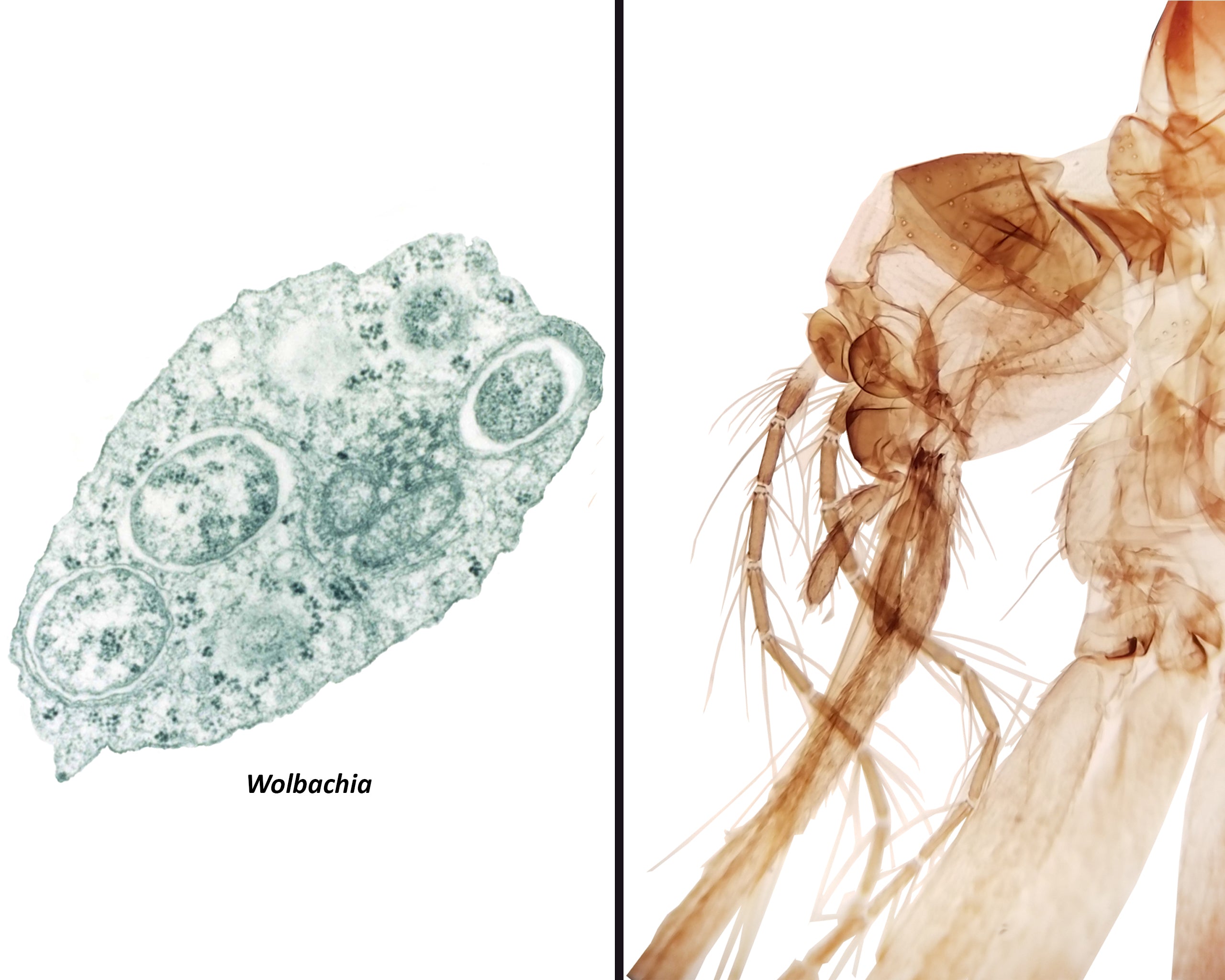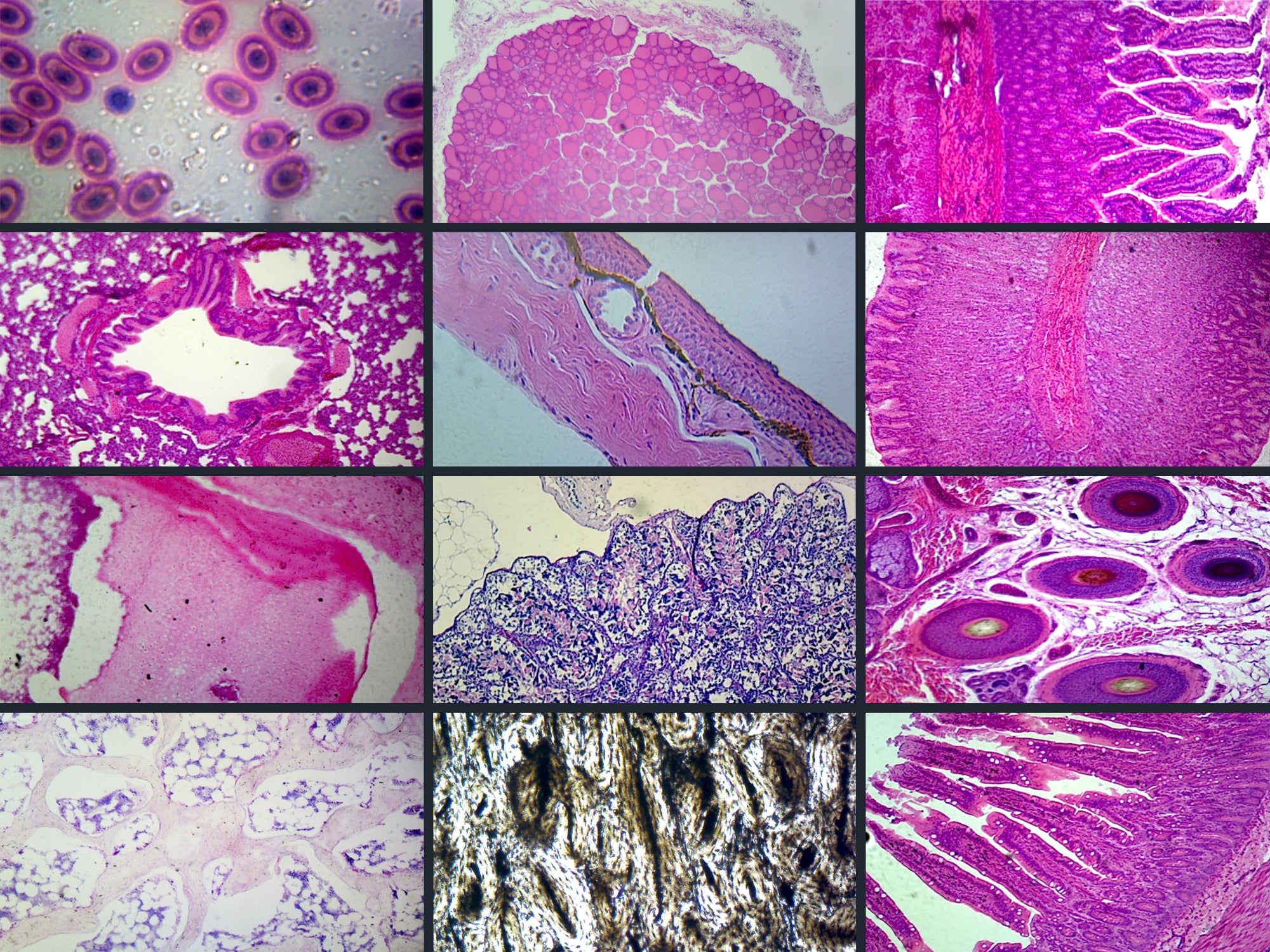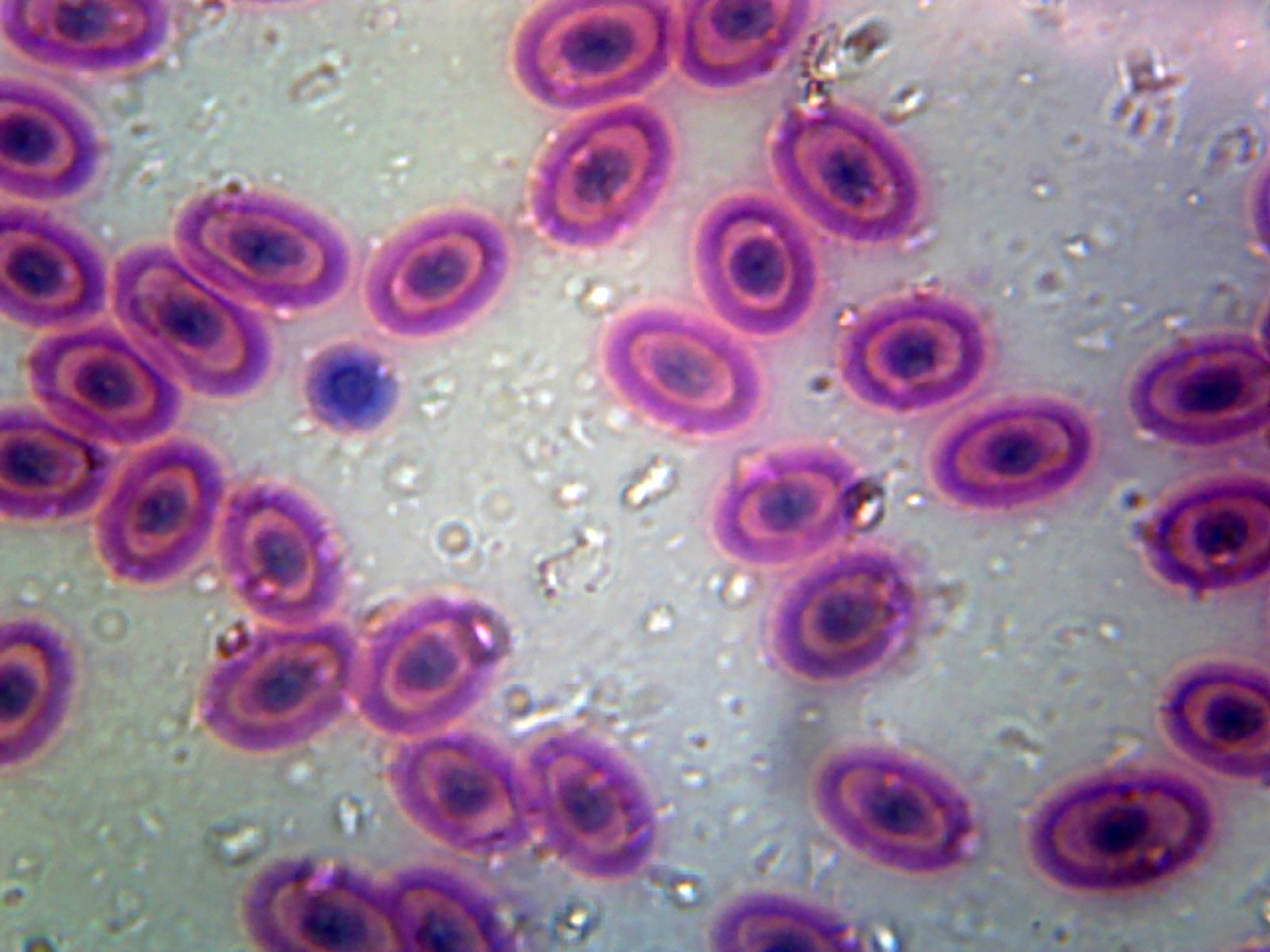The Aedes aegypti is back in the news! For those who don’t know, Aedes aegypti and their close relative, the Aedes albopictus, are species of mosquito that are notorious for transmitting diseases to people living in the warmer and wetter regions of the world. In fact, mosquitoes are the deadliest animal to humans on the planet. Don’t trust me on that fact? Check out this post on Bill Gate’s blog or this post from the Barcelona Institute for Global Health (ISGlobal).
This week, exciting results from a trial in Townsville, Australia were released, and it made me want to look into the various ways people are attempting to curb the worldwide scourge of mosquito-borne illnesses. Last time the Aedes aegypti made an appearance on this blog, I discussed some research going into using a modified-Zika virus to treat cancer. This time, however, my topic is more focused on the deadly effects of the diseases they can transmit, specifically dengue, yellow fever, Zika, and chikungunya. Scientists have been working for decades to reduce the global number of cases of these diseases, and the consensus among them seems to be the same – to help the humans afflicted by these diseases, we need to prevent the spread and transmission of them by addressing the mosquitoes spreading the diseases. There are several groups trying different methods, however, and I wanted to discuss those a little bit.
First let me discuss the work that brought my attention to this topic this week. This is the first of two methods using the Wolbachia bacteria that I wanted to discuss. Scott O’Neill, head of The World Mosquito Program and researcher out of Monash University, this week released the results of a trial run his researchers and the community of Townsville, Australia began back in October 2014. This was their first city-wide launch of the program, and the results were very impressive. To gauge their success, they looked at the locally acquired cases of dengue in the 44 months prior to releasing their mosquitoes and the 44 months after release. In the 44 months prior to release, Townsville saw 54 locally acquired case of dengue, and in the 44 months after, they saw just 4 cases.
This stunning success is due to O’Neill’s revolutionary use of the Wolbachia bacteria. This bacterium is very common in the insect world, being found in 60% of all insects, though it is not typically found naturally in disease carrying mosquitoes like the Aedes aegypti. When introduced to mosquitoes, however, it can have a radical effect on the local mosquito population. As explained very thoroughly on this World Mosquito Program page, the Wolbachia bacteria can be used in a couple of ways. Wolbachia treatments are generally rolled out by first raising small batches of mosquitoes injected with the bacteria, and then releasing them to mix with the local population. The differences in applying Wolbachia come in when scientists consider gender. Only female mosquitoes bite, meaning that they are the only ones capable of spreading disease. With this in mind, scientists realized that they need to either prevent female mosquitoes from transmitting the diseases they carry or to stop them from biting all together. When male mosquitoes with Wolbachia mate with normal females, the females will lay eggs that are incapable of hatching. This type of application falls into the “stop biting all together” category as it reduces the size of the population it is introduced to. When females have Wolbachia in their systems though, they will pass Wolbachia on to their offspring. This application falls into the “prevent transmission” category, as infected females are unable to transmit the disease when they bite but are still able to produce viable offspring with the bacteria in their systems.
Scott O’Neill’s World Mosquito Program uses the second method. By introducing both male and female mosquitoes with Wolbachia, the bacteria becomes a permanent fixture of the local mosquito population. And, because Wolbachia makes it difficult for a female biting mosquito to transmit their diseases, this makes the rates of new cases of mosquito-transmitted diseases plummet.
To read more about O’Neill and colleagues' successes, read their study here. To read about how some in the states are responding to successes such as these, check this article out.
Another group using mosquitoes with Wolbachia is MosquitoMate. Unlike O’Neill and the World Mosquito Program, however, MosquitoMate only releases males with the bacteria into the region, and they don’t do work on scales quite as large as Townsville. This method results in eggs being created that can’t grow to maturity. With this method, the mosquito population dies off to a degree. Rather than simply preventing transmission, this method focuses on population control, much like using a pesticide does. Unlike pesticides, however, this doesn’t run the risk of harming other life that interacts with the pesticide or mixing dangerous chemicals in with human food and water supplies. This is not a permanent reduction in mosquito population and requires repeated treatments over time. MosquitoMate was approved late last year for trails in the US.
The last solution to disease carrying mosquitoes that I wanted to talk about is a company called Oxitec. Unlike the previous two mentioned in this post, Oxitec uses genetically modified mosquitoes instead of ones that have been infected with Wolbachia. They add two things to the genes of their mosquitoes that make them what they call Friendly Mosquitoes. One is a florescent bio-marker that they can use to easily find and study their mosquitoes in the wild, and the other is what they call a “self-limiting gene.” Though its mechanism (which is explained in detail on their site) isn’t identical to Wolbachia, their mosquitoes work very similarly to MosquitoMate’s. The self-limiting gene prevents offspring from surviving into adulthood. Also much like MosquitoMate, Oxitec’s technology acts like a pesticide in that its goal is to reduce the total population rather than just preventing transmission.
I think all of these techniques are incredibly interesting. They help show that human ingenuity, when faced with a problem, can attack it and sometimes have successes with multiple approaches. The World Mosquito Project's method interests me most, however, because it showed long-lasting success without having any negative effects on the health of the local mosquito population. Though not getting bitten because there are less mosquitoes in the area sounds nice, I have my concerns about tampering with local ecosystems by changing population numbers. With that said, however, pesticides are still used globally and I like that Oxitec and MosquitoMate both offer substitutions for them that don’t introduce foreign chemicals where they are used. Whichever method catches on the most, I think this technology is a very cool example of human problem solving at its finest.
Do you know anything more about this kind of technology that I left out? Have you been a part of any mosquito-control efforts where you live? The World Mosquito Project prides itself on its community engagement, so keep an eye out. If your area has a mosquito problem and they receive US approval in the near future, maybe consider getting involved and using it the process as a learning experience.
Share your thoughts in the comments below!
Written By: Jacob Monash












2 comments
oegilsi
http://slkjfdf.net/ – Amoxicillin Amoxicillin 500 Mg unn.ovmo.gosciencecrazy.com.jaj.ja http://slkjfdf.net/
ualajsipipus
http://slkjfdf.net/ – Buy Amoxicillin Online Amoxicillin uaa.nrke.gosciencecrazy.com.fje.iz http://slkjfdf.net/